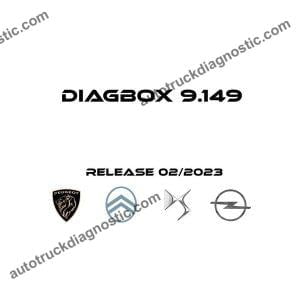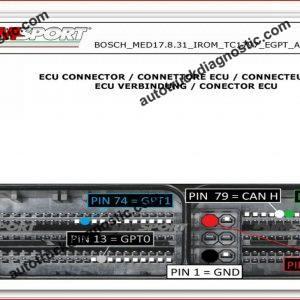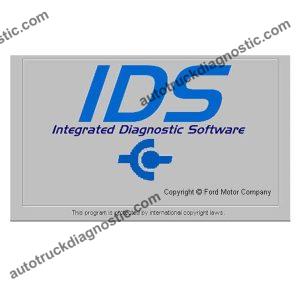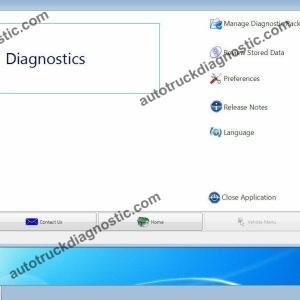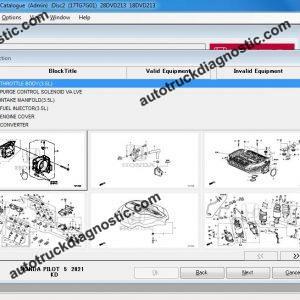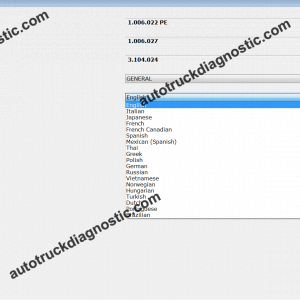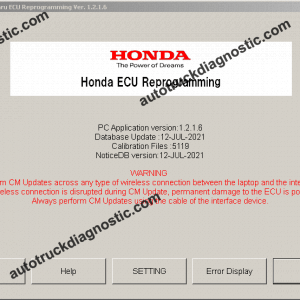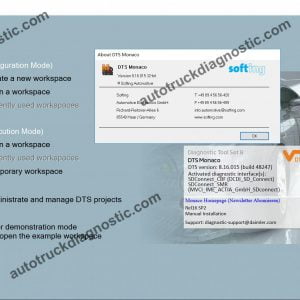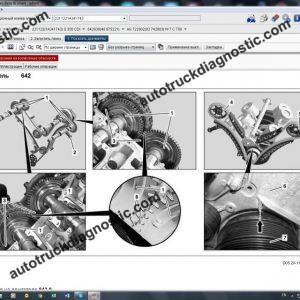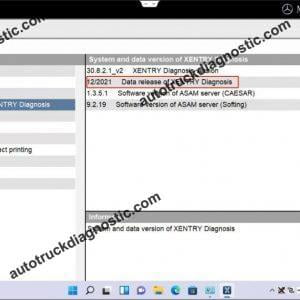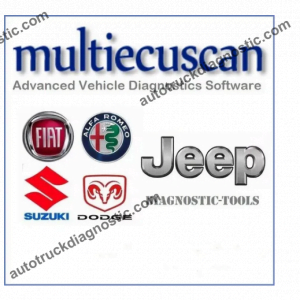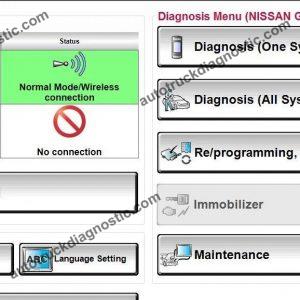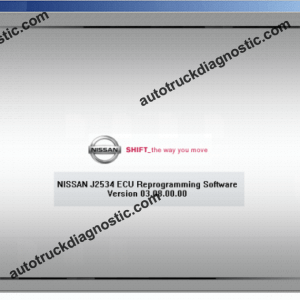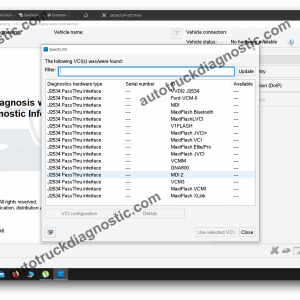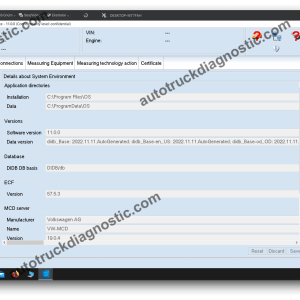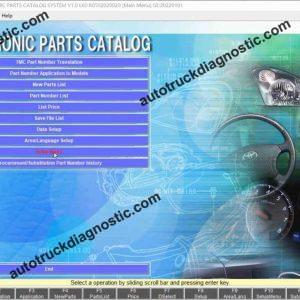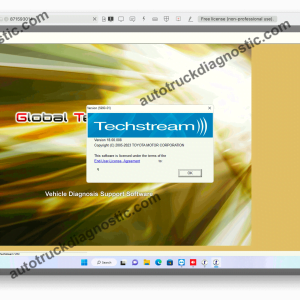Auto diagnostic software refers to computer programs designed to interface with a vehicle’s onboard diagnostic (OBD) system. Modern vehicles are equipped with an OBD system, which monitors the performance of the vehicle’s engine, transmission, and other essential components. The OBD system generates fault codes and diagnostic information when it detects issues or malfunctions.
Auto diagnostic software allows users, such as mechanics or car enthusiasts, to connect to the OBD system using a diagnostic tool or adapter. These tools are often plugged into the OBD port of the vehicle, which is usually located near the driver’s seat. Once connected, the software can communicate with the vehicle’s OBD system, retrieve diagnostic information, and provide real-time data about the vehicle’s performance.
The primary functions of auto diagnostic software include:
1. **Reading and Clearing Trouble Codes:** The software can retrieve diagnostic trouble codes (DTCs) stored in the vehicle’s computer. These codes provide information about specific issues or malfunctions. The software also allows users to clear these codes after addressing the problems.
2. **Real-time Data Monitoring:** Users can monitor real-time data from various sensors and systems in the vehicle. This includes parameters like engine RPM, vehicle speed, coolant temperature, and more.
3. **Performance Tuning and Configuration:** Some advanced diagnostic software tools enable users to make adjustments to the vehicle’s settings, configure parameters, or even perform performance tuning.
4. **Health and Maintenance Monitoring:** The software can provide insights into the overall health of the vehicle and may offer maintenance reminders based on factors such as mileage or elapsed time since the last service.
5. **Specialized Diagnostics:** Certain software tools are designed for specific makes or models of vehicles and may offer specialized diagnostic capabilities tailored to those vehicles.

